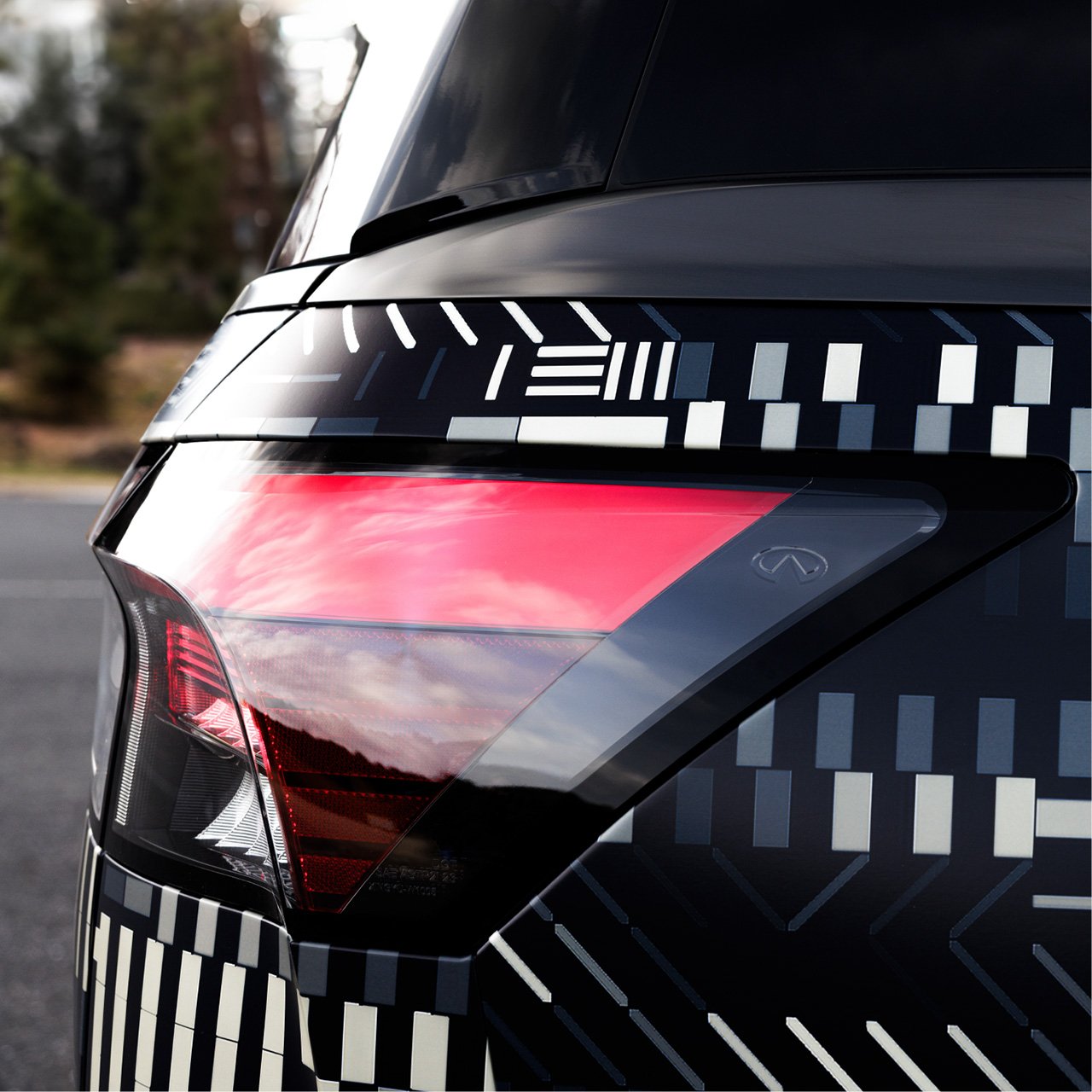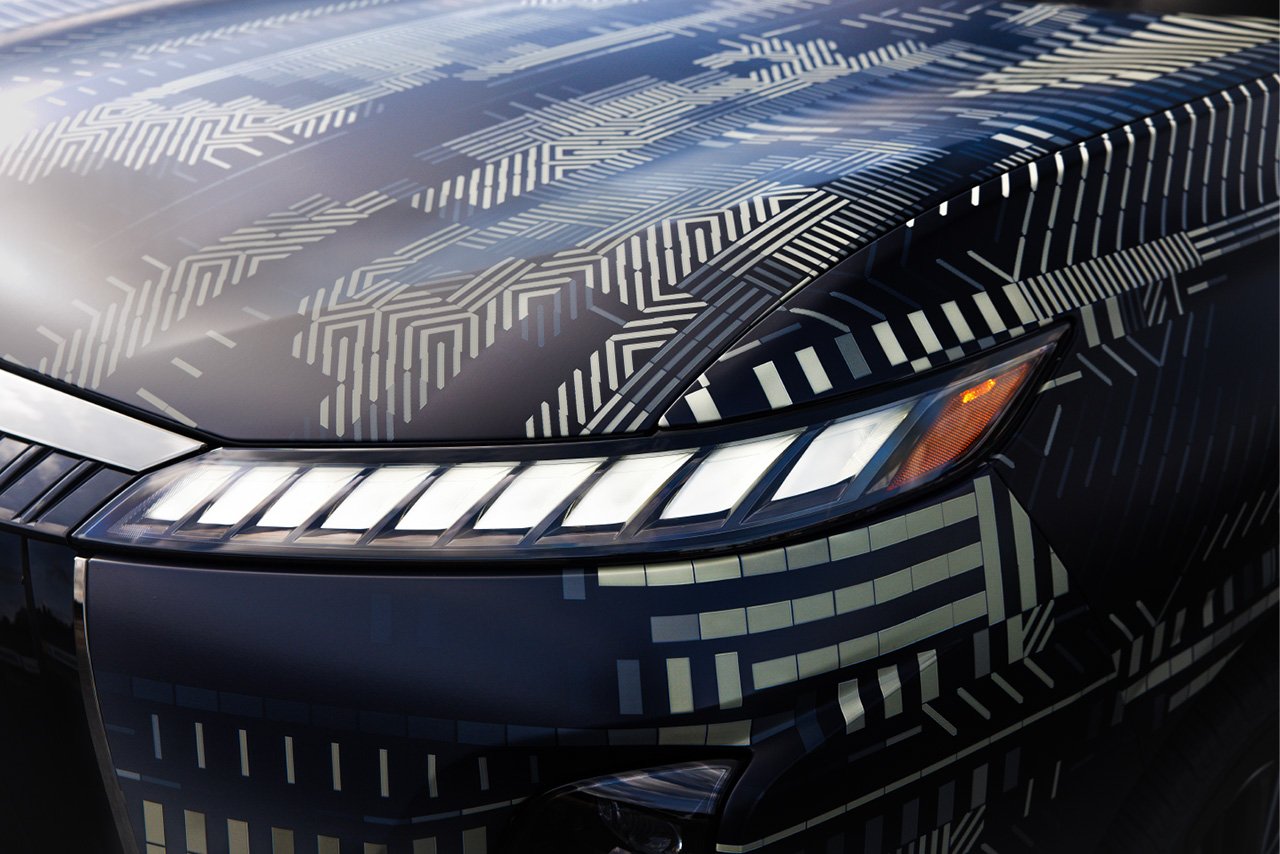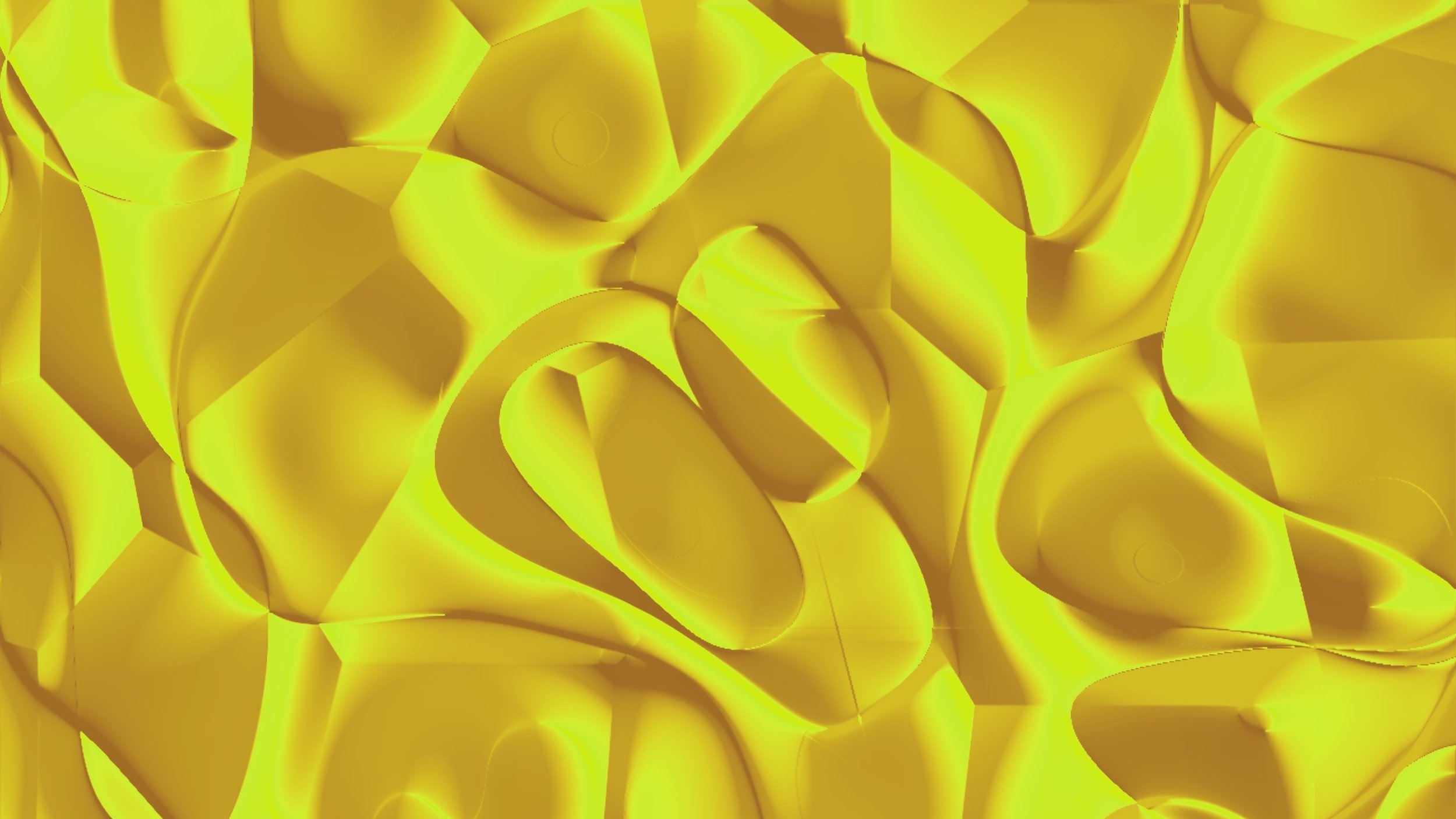Kaoru Tanaka: Bridging Art, Technology and Experience
Kaoru Tanaka is a visionary artist and creative technologist who transcends conventional boundaries, weaving together the intricate threads of generative art, new media, and unyielding creative ambition. Through a blend of traditional techniques and cutting-edge technology, Tanaka crafts mesmerising pieces that captivate the imagination and challenge perceptions.
In this interview, we delved into the essence of her artistry, exploring the inspirations, processes, and aspirations that fuel her creative journey.
What does your journey into generative art and new media look like? What inspired you to explore these mediums?
I previously worked in commercial design, using tools like Photoshop and Illustrator. However, after seeing the work of John Maeda, I became interested in creating art through programming. The possibility of merging technology and art fascinated me. In these fields, many artists and developers are creating interactive and dynamic works that transcend traditional art pieces. I'm particularly attracted to interactive installations that change as the audience interacts with them. Such works allow the audience to become part of the art and create their own interpretations through their experiences.
Moreover, the process of creating art with programming and digital tools can unlock infinite creativity. Through algorithms and code, unexpected shapes and patterns emerge, leading to moments of unpredictable beauty that always surprise. Exploring new media provides an opportunity to contemplate the role and impact of technology in modern society. As digitalisation progresses, art can explore how we engage with technology and its effects on our culture and communication.
As a female artist, I see great potential in using these technological methods to visualise often-overlooked female perspectives and experiences, eliciting empathy. Utilising digital art and technology as platforms to free ourselves from gender-based expectations and roles can help build a more diverse and inclusive art world. This approach can offer new perspectives and solutions to the challenges women face in our society and culture.
You've mentioned a strong attraction to interactive installations, which I find fascinating. Could you share a specific instance where one of your installations evolved unexpectedly in response to audience interaction? How did this experience influence your perspective on the viewer's role in art?
In my recent work, the installation titled "Corridor of Petals" was exhibited not in a gallery but on a public road, leading to interactions with passersby who were strangers. This experience opened up new possibilities for public installations, acting as a catalyst for empathy and bridging communication. Interactions among strangers facilitated by art can play a significant role in strengthening social cohesion and promoting diversity and inclusiveness. Art serves as a powerful medium to connect people, with its impact ranging from enhancing individual psychological health to fostering harmony in society as a whole.
Image source: Tanaka, K. (2024) Corridor of Petals.
Art that improves the urban landscape and fosters a sense of community holds significant transformative power. Would you describe "Corridor of Petals" as a digital monument or a public space intervention?
This art project was deployed in the Ginza district of Tokyo, an international tourist destination and home to the historic Kabukiza Theater. The installation was themed around the cherry blossoms, a symbol of Japan, and was initially started to enhance the city's landscape. However, as the project progressed, it became clear that it could facilitate new forms of communication.
What are some of the biggest technological hurdles you’ve encountered in creating your installations, and how have you navigated these obstacles?
The installation's production faced technical challenges, such as integrating devices like cameras into the landscape in a completely invisible manner. Another significant challenge was replicating the natural movement of cherry blossoms dancing in the wind without using artificial triggers. Overcoming these barriers required numerous tests and gradual refinement. This process of trial and error is a constant approach in my art production.
One of your recent projects was featured in Design Milk and Infiniti's press release. How did this collaboration come about, and what inspired you to wrap the Infiniti QX80 in generative art?
This collaboration originated from Infiniti's interest in our project last year: Under the partnership with Shiseido, we created 600 limited-edition NFTs for the project, which sold out immediately upon release. Infiniti was attracted to my work and approach, and they proposed that we decorate the QX80 model with generative art.
Could you tell me more about what reactions people had to the new designs of the car, if any? And how does this collaboration impact the direction of your own work?
What they seek is not merely a car design but a new art form that transcends the boundaries of commerce. This quest needed to be based on Infiniti's rich history. Shiseido does the same, pursuing the deep narratives hidden within art. For this reason, I adopted a unique approach based on personal insights and the brand’s philosophy. One method was to assimilate with my inner self using an external input device (similar to dancing) and express myself.
The insights gained from this experience held meaning beyond merely highlighting products or brands. I feel it is now necessary to explore the possibilities of art and to seek unique new forms within it. This approach could be applicable not only in museums and galleries but also to a broader public and audience.
Lastly, where do you see the intersection of art and technology heading in the future? Are there any emerging trends or technologies you’re excited to explore? How do you see your work evolving in the near future?
I am currently working on a new project that utilises point cloud technology. This technology digitises the physical world around us using precise survey data collected from actual objects. My goal is to reconstruct imaginative buildings based on this data and through visual immersive experiences, explore how people can build new relationships with nature and how humans and nature can coexist.
Looking to the future, I am committed to actively learning cutting-edge technologies and creating artworks that blur the boundaries between reality and virtuality. The intersection of art and technology holds the potential to fundamentally change the way we express ourselves and the way people experience the world. In this dynamic field, I look forward to combining technical innovation with creative perspectives and continuing to explore new forms of art.
Welcome to The Art in STEAM podcast
Expect to spark ideas through personal stories told by women in STEAM, from robotics to technology, digital media and the climate crisis.







